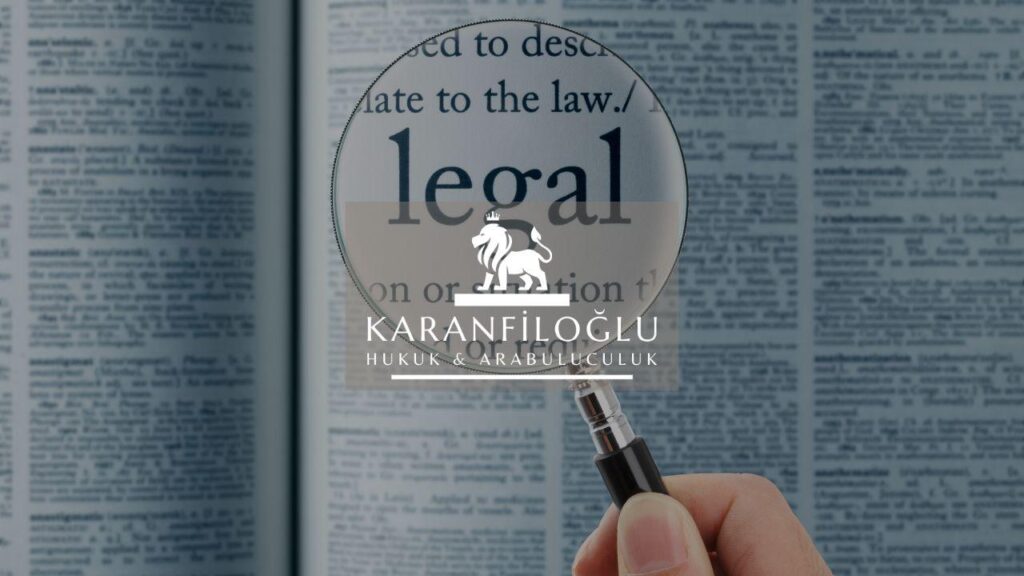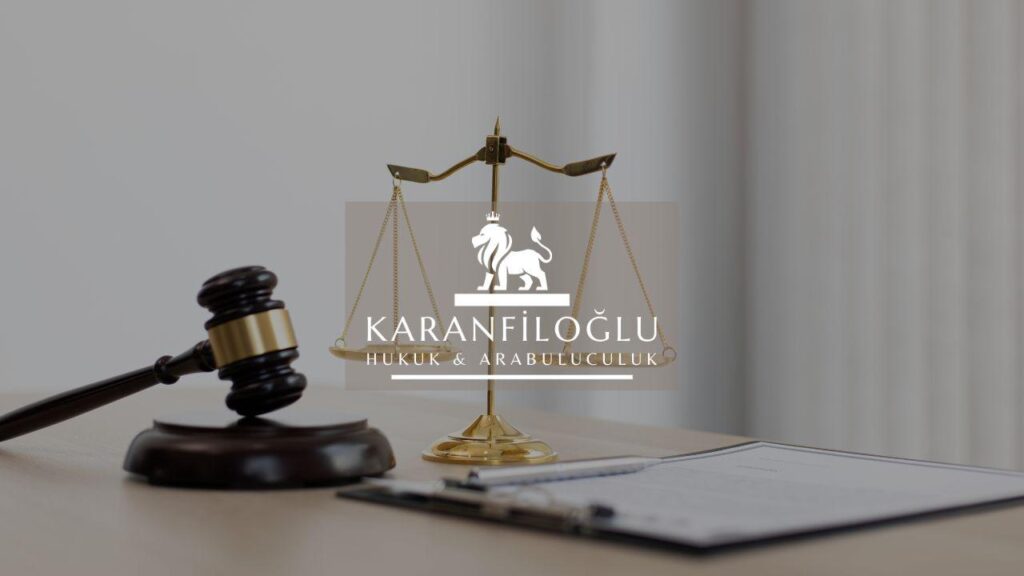If you’re caught in the whirlwind of debt, knowing how to object to debt can feel like a lifeline. Just as navigating a maze requires a clear path, understanding the debt dispute process is vital. The first step often involves sending a debt validation letter to your creditor. This letter isn’t just a formality; it’s your right and power to demand clarity. It serves as your ‘get out of uncertainty’ card, ensuring the debt is legitimate before you pay. Unsure about how to challenge debt? Remember, it’s not a sprint—it’s a marathon demanding patience and persistence. Communication with your creditor is crucial but also often misunderstood. This means asking questions, seeking answers, and keeping a record of everything. Ignoring demands won’t make them disappear; tackling them head-on with knowledge might. Are you ready to take control and steer your financial future in a more secure direction?
Understanding Your Rights: The Basics of Debt Disputes
Knowing your rights is key when you object to debt. The debt dispute process isn’t just paperwork; it’s the compass directing you through financial fog. A debt validation letter is your ally in this journey. It’s essential to understand what this letter does—it’s your right to verify your debt’s authenticity. This isn’t merely a request to your creditor; it places the obligation on them to prove the debt is valid. Grappling with how to challenge debt isn’t uncommon, yet a well-crafted letter cuts through confusion. Remember, your rights aren’t just legal jargon. They are your shield in creditor communication, where every piece of information becomes vital. Take every opportunity to question and confirm the legitimacy of the claims against you. Understanding these basics empowers you to stand your ground and navigate debt disputes with confidence and clarity.
Understanding your rights is akin to having a sturdy lifeboat in the unpredictable sea of debt disputes. The Fair Debt Collection Practices Act (FDCPA) is your anchor; it ensures that the process is fair and transparent. This act prohibits collectors from using deceptive practices and mandates that they provide accurate information. When you object to debt, the FDCPA empowers you to request a debt validation letter. This step is fundamental in the debt dispute process as it compels creditors to substantiate their claims. By leveraging this right, you refine your approach on how to challenge debt, not just reactively but assertively. Effective creditor communication becomes your strongest strategy. Knowing you can demand proof and clarity changes the game. It’s not just about holding your ground—it’s about understanding the rules and playing accordingly. With knowledge, you wield the power to illuminate the murky waters of debt, steering towards resolution.
Understanding your rights starts with grasping the essentials of the debt dispute process. Picture yourself with a toolkit, each tool representing a right that fortifies your stance against unjust claims. At its core, the Fair Debt Collection Practices Act (FDCPA) safeguards you, ensuring fair play and protecting you from aggressive tactics. Sending a debt validation letter initiates this process, compelling your creditor to affirm the debt’s validity. It’s your power move in how to challenge debt, prompting transparency and accountability. When engaging in creditor communication, let your questions and demand for documentation be your sword and shield. Every interaction is a step closer to clarity, helping you unravel the financial knot. In this maze, understanding paves the way—your debts aren’t just numbers. They’re challenges you can confront and control, turning confusion into command as you object to debt with informed confidence.
Effective Strategies for Challenging Debt Claims
Challenging debt claims requires more than just wishful thinking; it demands proactive steps and a pinch of determination. Start with a debt validation letter—your powerful tool in the debt dispute process. This isn’t about making noise; it’s about making sense of the obligation before accepting it. Think of it as your financial flashlight, illuminating the shadows where creditors might hide errors. As you object to debt, set your sights on clear, transparent creditor communication. Never assume; always ask. Engage them, probe every detail, and make notes of each interaction. This isn’t just about how to challenge debt; it’s about asserting your right to an explanation. Remember, every phone call, email, and letter is a stepping stone toward peace of mind. In the realm of finance, knowledge coupled with action is your strongest ally.
Effective strategies begin with a meticulous plan. When you object to debt, time is of the essence—start by gathering all relevant information. Pull out your credit reports, sift through statements, and scrutinize any discrepancies. Accuracy is your ally and misinformation, your adversary. Don’t overlook the debt validation letter; it’s a cornerstone in the debt dispute process. This letter should clearly state your reasons and demand verification. It’s your upfront request for transparency. As you unravel how to challenge debt, prioritize precise creditor communication. Find out how the debt emerged, identify any errors, and insist on detailed explanations. This isn’t merely a formality but a critical step in showing you mean business. Keep records of each exchange, treating them like valuable breadcrumbs leading to resolution. Debt disputes aren’t about winning every battle but ensuring no stone is left unturned.
When you object to debt, precision is your ally. Detail every communication. Gather documents, from the original debt agreement to any payment records—you’ll need these. Be meticulous in comparing creditor claims to your records. Spot inconsistencies? Highlight them in your debt validation letter. This isn’t clutter; it’s critical evidence. In the debt dispute process, using this evidence effectively can reshape your narrative. Focus on how to challenge debt with clear, pointed questions during creditor communication. Request their documentation, and verify its accuracy. Remember, a respectful inquiry can unravel ambiguous claims. As you interact, document each conversation, anchoring your trail of evidence. This approach not only strengthens your position but also shows creditors that you’re serious. Keep your communications consistent and timely—they’re your compass through the turbulence of debt objections. With patience and a firm grip on facts, you’ll navigate this complex journey.
Navigating the Legal Process: Filing a Formal Objection
Filing a formal objection to a debt is like plotting a course through turbulent waters. Begin this journey by meticulously drafting your objection. This document is your shield, outlining why you’re disputing the claim. Incorporate details such as discrepancies in the amount or issues with creditor communication. Once drafted, send this objection to both your creditor and the credit bureau involved. This process, overlooked by many, forms the backbone of the debt dispute process. Remember, this isn’t an uphill battle on your own. Enlist professional help if needed to ensure every angle is covered. This step is not just about halting the debt collection machine; it’s about embedding yourself into the legal framework which listens when you articulate your objection clearly and confidently. The goal is clear: fortify your stance with a thorough debt validation letter, signaling your unwavering resolve in how to challenge debt head-on.
Engaging with the legal system requires more than just persistence; it demands keen attention to detail. When you choose to object to debt formally, embark on this path equipped with foresight. Begin by gathering evidence that substantiates your claim: receipts, previous communications, anything that proves inaccuracies in the creditor’s demand. This isn’t a show of stubbornness; it’s about clarity and fairness. The debt dispute process unfolds like a strategic chess game, with each move integral to the outcome. File your formal objection with precision, respecting deadlines and requirements. If navigating these waters seems daunting, remember, legal aid is a valuable ally in demystifying the process. Appreciating the procedural nuances and maintaining thorough creditor communication provides an edge. With diligence and the right documents in hand—like your debt validation letter—you reinforce your argument’s integrity and build a robust defense in how to challenge debt decisively.
Navigating the legal process when you object to debt starts with precision and a solid strategy. Filing a formal objection isn’t just about sending a letter—it’s about aligning each piece of the debt dispute process. Begin by lining up your evidence and understanding the legal protocols. This is no time for assumptions; every fact you present must support your case. Craft your debt validation letter with care, ensuring it leaves no room for ambiguity. Your objective is to prove your claim and challenge inaccuracies head-on. Keep lines of creditor communication open but clear—demands should be met with documented evidence. Never underestimate the importance of legal advice if the waters get choppy. They can provide the clarity you need, helping you to see the forest for the trees. A well-grounded stance leads your journey through how to challenge debt, assuring your rights aren’t just heard—they’re heeded.
Disclaimer: This article is for general informational purposes only and you are strongly advised to consult a legal professional to evaluate your personal situation. No liability is accepted that may arise from the use of the information in this article.







